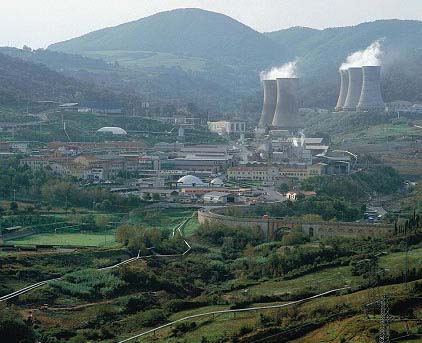4.3.2 Geothermal energy
Geothermal energy is another renewable source that is not derived from solar radiation. As the name implies, its source is the earth's internal heat, which originates mainly from the decay of long-lived radioactive elements. The most useful geothermal resources occur where underground bodies of water called aquifers can collect this heat, especially in those areas where volcanic or tectonic activity brings the heat close to the surface. The resulting hot water, or in some cases steam, is used for electricity generation where possible, for example in Italy, New Zealand and the Philippines, and for direct heating use in more than 60 other countries. Geothermal energy is already making a minor but locally useful contribution to world energy supplies.

If geothermal heat is extracted in a particular location at a rate that does not exceed the rate at which it is being replenished from deep within the earth, it is a renewable energy source. But in many cases this is not so: the geothermal heat is in effect being 'mined' and will 'run out' locally in perhaps a few years or decades.
